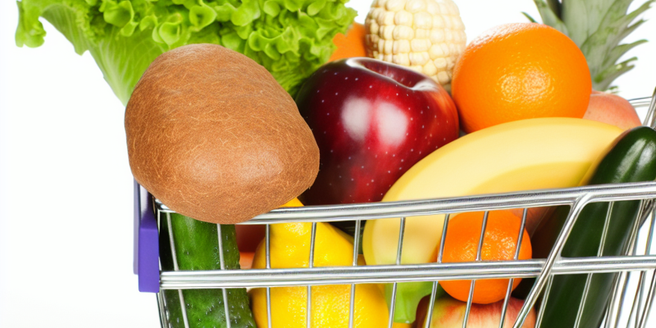
Understanding the Basics of SNAP
The Supplemental Nutrition Assistance Program (SNAP) is an important government initiative designed to help low-income Americans buy nutritious food. This program caters to a large population including families with children, the elderly, and people with disabilities. According to recent data, more than 40 million Americans received SNAP benefits in 2020. Administered by the U.S. Department of Agriculture, SNAP is part of a broader agenda to fight poverty and improve general health. SNAP aims to fight food insecurity. To be eligible, households must meet certain income and resource criteria. Benefits are issued monthly via an Electronic Benefit Transfer (EBT) card which can be used at authorized food retailers.
Maximizing Your Monthly Benefits
To maximize your SNAP benefits, you need thoughtful planning and intelligent shopping habits. Begin by creating a monthly meal plan along with a shopping list to curtail impulse buying. Essential staple foods like beans, rice, and fresh produce are beneficial for health and budget-friendly. Keep an eye on sales and discounts offered in local grocery stores for better value. Consider bulk buying based on your storage capacity and the shelf-life of items to prevent wastage. To summarize, effective SNAP benefit utilization can be achieved by monthly meal planning, creating a shopping list, focusing on staple and nutritious foods, tuning in to sales and discounts, and considering bulk buying when suitable, ensuring a nourishing diet for your household.
Healthy Eating on a SNAP Budget
Eating healthily on a SNAP budget is achievable through mindful shopping and utilizing available resources. Opt for seasonal fruits and vegetables which are cheaper during harvest season, helping to reduce expenditure and add varieties to your diet. Consider frozen or canned vegetables; despite seeming less enticing, they are as nutritious as fresh produce due to preservation methods locking in nutritional content. Additionally, food banks and community gardens are excellent sources of cheap or free fresh produce, both great alternatives for a tight budget. These resources also offer sustainability; community gardens reduce food miles and carbon footprints, while food banks redistribute surplus food, reducing waste. In summary, a healthy diet on a SNAP budget is quite attainable by making savvy shopping decisions and taking advantage of seasonal produce, canned or frozen vegetables and resources like food banks and community gardens.
Shopping Strategies for SNAP Recipients
Efficient shopping strategies can provide significant benefits for those using the Supplemental Nutrition Assistance Program (SNAP) such as comparing prices at multiple outlets, purchasing in bulk, and considering store brands. Rather than limiting oneself to a single store, explore different grocery stores, farmer markets, and online shopping platform, which can help you identify the best value for your frequently purchased products. Buying in large quantities or in bulk, particularly for non-perishable items, typically leads to lower unit costs, and swapping name brands for store brands can lead to substantial savings. Additionally, an Electronic Benefits Transfer (EBT) card can also be used to purchase seeds and plants for a fresh food source grown right at home. Utilizing these strategies can help SNAP recipients stretch their food budget while ensuring they still have access to nutritious meals.
Navigating Farmers’ Markets with SNAP
Farmers’ markets are a valuable source of fresh, wholesome foods and commonly accept Electronic Benefit Transfer (EBT) cards. There a great opportunity for EBT recipients to buy high-quality, locally grown produce, assured of their freshness due to their local origin. Moreover, many farmers’ markets have programs geared towards helping Supplemental Nutrition Assistance Program (SNAP) beneficiaries, allowing SNAP dollars to be effectively doubled, drastically increasing purchasing power.
Navigating Farmers’ Markets with SNAP can be a cost-effective method for food shopping; providing access to fresh items and guaranteed cost-effectiveness. Local produce tends to be healthier than store-bought alternatives, making these markets a good choice for maintaining a nutritious diet.
In conclusion, shopping at farmers’ markets using SNAP benefits is practical and health-conscious. It supports local agriculture and encourages economical eating habits by significantly stretching the worth of SNAP dollars. So, if you have an EBT card and benefit from SNAP, considering local farmers’ markets as a shopping destination is worthwhile.
Maintaining Your SNAP Eligibility
Maintaining eligibility for the Supplemental Nutrition Assistance Program (SNAP) requires meeting ongoing responsibilities such as reporting changes to financial standing or household size, both of which influence the level of benefits received. For some of working age and able-bodied, compliance with job training programs is also necessary though these requirements may vary based on condition or state rules. Your SNAP caseworker is a valuable resource for navigating these responsibilities to ensure continued eligibility and to help you weather tough times.
